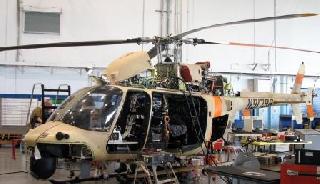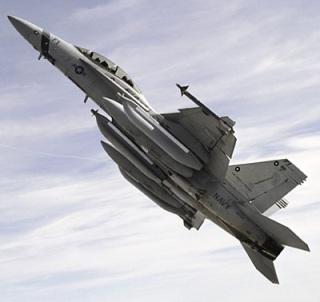
Fire-X medium-range vertical unmanned aerial system. Work underway at Bell's Xworx rapid prototyping facility in Fort Worth, Texas. Northrop Grumman hpoto
SAN DIEGO (BNS): The first flight for the new Fire-X medium-range vertical unmanned aerial system (VUAS), which is based on the FAA-certified Bell 407 airframe, is expected by the end of this year.
Fire-X is a fully autonomous, four-blade, single-engine unmanned helicopter being developed by Northrop Grumman and Bell Helicopter, a Textron company.
The team recently applied external power for the first time to the main computers and associated subsystems for its new extended range, cargo-hauling VUAS, currently in final integration and test at Bell Helicopter's Xworx rapid prototyping facility in Fort Worth, Texas.
The power-on event follows four months of Fire-X vehicle modifications at Xworx to convert a commercial Bell 407 from a piloted vehicle into an unmanned or optionally piloted vehicle.
The modifications included not only removal of non-mission-essential equipment such as seats and sound insulation, but also installation of new wire harnesses and avionics required to control the vehicle in an unmanned configuration.
The team is also installing and validating the software that will perform critical guidance, navigation and control (GN&C) functions for the new system.
After completion of ground testing and engine runs, the air vehicle will be ferried to the US Army's Yuma Proving Ground, Arizona, for final testing before Fire-X's first demonstration flight in an unmanned configuration.
Fire-X offers commanders a useful load of more than 3,000 pounds – for fuel, payloads and/or cargo. That load can typically support intelligence, surveillance and reconnaissance missions up to 16 hours long, or cargo missions of 2,500 pounds out to a range of 110 nautical miles, Northrop Grumman said.
 Previous Article
Previous Article Next Article
Next Article









The Indian Air Force, in its flight trials evaluation report submitted before the Defence Ministry l..
view articleAn insight into the Medium Multi-Role Combat Aircraft competition...
view articleSky enthusiasts can now spot the International Space Station (ISS) commanded by Indian-American astr..
view article